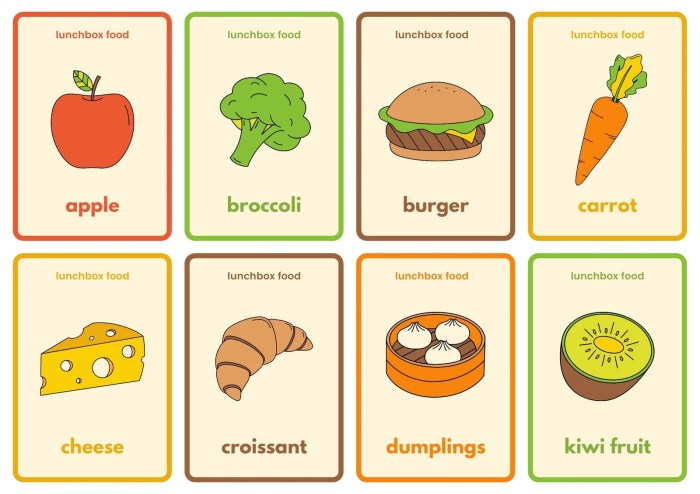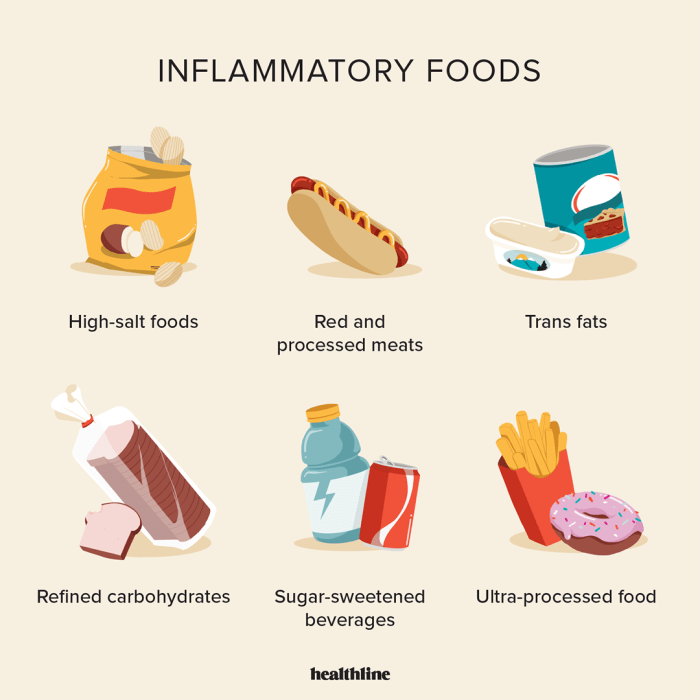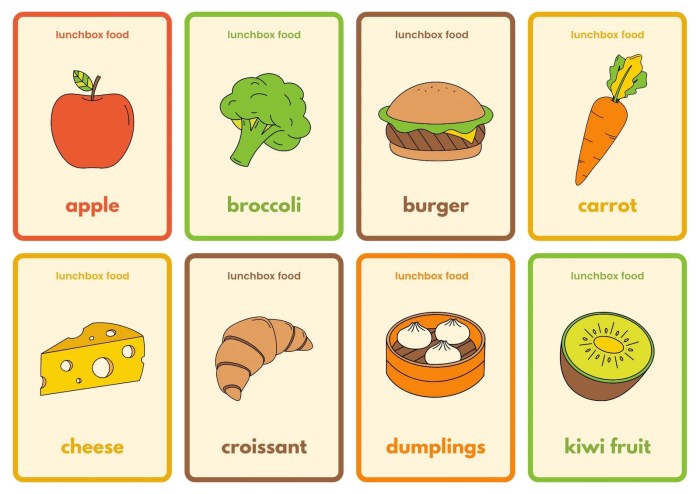Foods high in B12 are crucial for overall health. This comprehensive guide explores the importance of vitamin B12, delving into animal and plant-based sources, dietary considerations, and the potential implications of deficiency. We’ll examine the various forms of B12, their bioavailability, and how to ensure adequate intake through diet and supplements.
Understanding the different food sources of vitamin B12, from meat and seafood to fortified plant-based options, is key to maintaining optimal health. This article provides a thorough overview, empowering you to make informed choices about your diet and overall well-being.
Introduction to Vitamin B12
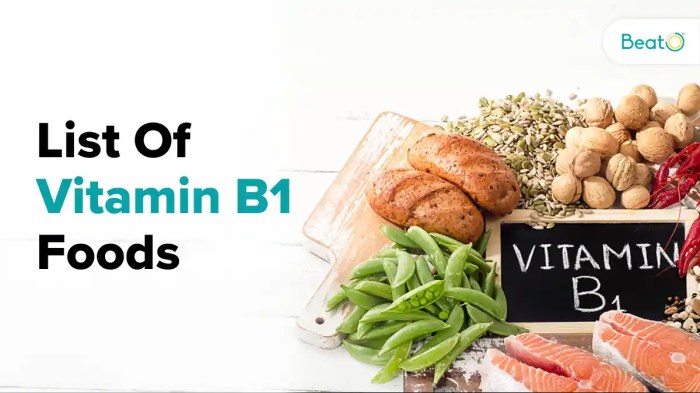
Vitamin B12, also known as cobalamin, is a crucial water-soluble vitamin essential for various bodily functions. It plays a vital role in maintaining healthy nerve cells and red blood cells, and is involved in DNA synthesis. A deficiency in this vitamin can lead to a range of health problems, impacting neurological function and overall well-being. Understanding its importance and the potential consequences of deficiency is vital for maintaining optimal health.Vitamin B12 is a complex molecule that requires specific enzymes and processes for absorption.
Once absorbed, it plays a critical role in cell metabolism, ensuring the proper functioning of numerous bodily processes. Its importance in neurological function and DNA synthesis highlights the necessity of adequate intake for overall health.
Functions of Vitamin B12 in the Body
Vitamin B12 plays a key role in multiple biological processes within the body. It’s a critical component in the formation of red blood cells, essential for oxygen transport throughout the body. It also supports nerve function, maintaining healthy nerve sheaths and facilitating nerve impulse transmission. Furthermore, Vitamin B12 is vital for DNA synthesis, enabling the replication and repair of genetic material, which is critical for cell growth and development.
Potential Consequences of Vitamin B12 Deficiency
Vitamin B12 deficiency can manifest in various ways, impacting both physical and neurological health. Symptoms can range from fatigue and weakness to neurological issues like numbness, tingling, and balance problems. In severe cases, it can lead to pernicious anemia, a condition characterized by a deficiency in red blood cells, which can cause a range of symptoms, including fatigue, shortness of breath, and pale skin.
Delayed diagnosis and treatment can lead to irreversible neurological damage.
Comparison of Vitamin B12 Forms
| Form | Description | Absorption |
|---|---|---|
| Cyanocobalamin | The most common synthetic form of B12. | High absorption rate. |
| Methylcobalamin | A naturally occurring form of B12 that is actively involved in metabolic processes. | Excellent absorption rate, often preferred due to its direct involvement in cellular processes. |
| Adenosylcobalamin | Another naturally occurring form, vital for certain metabolic reactions. | High absorption rate. |
Foods High in Vitamin B12
A balanced diet is crucial for maintaining adequate Vitamin B12 levels. Many foods naturally contain B12, but some individuals may require supplementation, especially those with absorption issues.
- Animal Products: Animal products are the primary source of Vitamin B12. Meat, poultry, fish, eggs, and dairy products are excellent sources, offering various forms of B12 that are easily absorbed. The bioavailability of B12 from animal products is generally higher compared to other sources.
- Fortified Foods: Certain foods, such as breakfast cereals and nutritional yeasts, are fortified with Vitamin B12 to enhance their nutritional value. These are helpful options for individuals who might have dietary restrictions or limitations in their consumption of animal products.
- Other Sources: Although less common, some plant-based foods contain small amounts of Vitamin B12. However, the bioavailability of B12 from these sources is often low, making animal products the preferred source for optimal intake.
Animal Sources of Vitamin B12
Vitamin B12, a crucial nutrient for red blood cell formation and nerve function, is primarily obtained through animal products. Understanding the various animal sources and their B12 content is essential for ensuring adequate intake. This section delves into the typical amounts of B12 in different animal products, their bioavailability, nutritional comparisons, processing impacts, and a table summarizing common sources.Animal products are the primary dietary source of vitamin B12.
The bioavailability of B12 from these sources varies depending on factors like the animal’s diet and processing methods. The nutritional value of different animal products can differ significantly, and understanding these differences can aid in a balanced diet.
Typical B12 Amounts in Animal Products
Animal products are the primary dietary sources of vitamin B12. The amount of B12 varies considerably between different animal foods, influenced by factors like the animal’s diet and the preparation method. For example, grass-fed beef might have slightly different B12 levels compared to grain-fed beef.
Bioavailability of B12 from Different Animal Sources
The body’s ability to absorb vitamin B12 from different animal products varies. Factors like the presence of intrinsic factor, a protein produced in the stomach that aids B12 absorption, influence the bioavailability of B12. Animal products containing higher levels of intrinsic factor, or whose preparation methods don’t significantly impair the intrinsic factor, generally demonstrate higher bioavailability.
Nutritional Value Comparison of Animal Products
Different animal products offer varying amounts of vitamin B12. For instance, organ meats like liver are exceptionally rich in B12, offering significantly higher concentrations compared to lean muscle meats. This difference highlights the importance of a diverse diet to ensure optimal B12 intake.
Impact of Processing on B12 Content, Foods high in b12
Processing methods can affect the B12 content in animal products. For instance, cooking methods like grilling or frying might slightly reduce B12 levels compared to raw or lightly cooked meats. Also, certain processing steps can remove or inactivate B12.
Comparison of B12 Content in Common Animal Products
The table below provides a general comparison of B12 content in common meats, poultry, and seafood. Note that these values are approximations and can vary based on factors mentioned previously.
| Food | Approximate B12 Content (mcg per 3 oz serving) |
|---|---|
| Beef Liver | 100-200 |
| Beef (lean) | 2.5-7.5 |
| Chicken Breast | 1.5-3 |
| Salmon | 2-4 |
| Tuna | 2.5-5 |
| Shrimp | 1-2 |
Plant-Based Sources of Vitamin B12 (or Lack Thereof)
Vitamin B12 is crucial for numerous bodily functions, including red blood cell formation and nerve function. While animal products are the primary source of this vital vitamin, some plant-based foods can be fortified to provide a source. Understanding the differences in obtaining B12 from these two sources is important for maintaining a balanced and healthy diet.Plant-based foods typically do not contain vitamin B12 because the bacteria that synthesize B12 primarily reside in the digestive systems of animals.
Humans cannot synthesize B12 themselves, and plants do not possess the necessary microorganisms to produce it. This fundamental biological difference explains why a solely plant-based diet requires supplementation or careful consideration of fortified foods.
Looking for foods packed with vitamin B12? It’s crucial for energy and overall health. While a balanced diet is key, incorporating foods like beef liver and salmon are excellent sources. Plus, strengthening your lower back through exercises for lower back pain can significantly improve your overall well-being. Exercises for lower back pain can target specific muscle groups, boosting posture and reducing discomfort.
Ultimately, a healthy lifestyle, including a diet rich in B12-rich foods, is essential for maintaining good health.
Why Plant-Based Foods Lack Vitamin B12
The absence of B12 in most plant-based foods stems from the natural biological processes involved in their growth and development. Plant-based foods do not contain the necessary microorganisms that produce vitamin B12. Animal products, however, host these microorganisms in their digestive systems, leading to the accumulation of B12 in their tissues.
Methods for Fortifying Plant-Based Foods with B12
Food manufacturers utilize various methods to introduce vitamin B12 into plant-based products. A common approach involves adding a synthetic form of B12 during the manufacturing process. This synthetic form is typically as effective as naturally occurring B12 in the body. Other methods may include fermentation processes using specific bacteria to synthesize B12 in plant-based foods.
List of Fortified Plant-Based Foods
A wide array of plant-based foods can be fortified with vitamin B12. This fortification process is crucial for individuals following a plant-based diet to ensure adequate intake of this essential nutrient.
- Nutritional yeast:
- Plant-based milk alternatives (e.g., soy milk, almond milk, oat milk):
- Breakfast cereals:
- Grains and flours:
- Vegan meat substitutes:
A deactivated yeast that is commonly used as a cheesy-flavored ingredient in vegan dishes. It’s often a good source of B vitamins and can be fortified with B
12.
These products are often fortified with B12 to address the vitamin deficiency often associated with plant-based milk consumption.
Many breakfast cereals marketed towards a health-conscious consumer are fortified with B12, providing a convenient way to ensure adequate intake of this nutrient in the morning.
Certain grains and flours, like those used for baking, are fortified with B12 to enhance nutritional value.
Products designed to mimic the texture and taste of meat, such as burgers or sausages, can be fortified with B12 to offer a more complete nutritional profile.
Pros and Cons of Fortified Plant-Based Foods
Fortified plant-based foods offer a practical solution for ensuring adequate B12 intake in a plant-based diet. However, they come with potential drawbacks.
Looking for foods packed with vitamin B12? Many excellent sources exist, like fish and fortified cereals. But did you know that a healthy diet often includes a good balance of nutrients? Pairing foods high in B12 with magnesium-rich foods, like those in nuts high in magnesium , can be beneficial. Ultimately, a varied diet that includes a range of nutrient-dense foods is key to maintaining overall health and well-being, ensuring you’re getting the B12 you need.
- Pros:
- Cons:
Fortified plant-based foods provide a readily available source of B12 for individuals following a vegan or vegetarian diet. This is particularly helpful for those who may not consume enough animal products to meet their B12 requirements. They often have a comparable nutritional value to their counterparts containing naturally occurring B
12.
Fortified foods may not always be a cost-effective solution for B12 intake compared to supplements. It’s essential to carefully read labels to identify the B12 content and potential hidden ingredients. Some individuals may experience digestive discomfort or allergic reactions to certain ingredients present in fortified foods. Additionally, some fortified products may not always contain the recommended daily allowance of B12, requiring multiple servings to reach adequate levels.
Getting enough B12 is crucial for overall health, and luckily, there are plenty of delicious options. Lean meats, eggs, and dairy products are excellent sources. But, if you’re trying to optimize your diet for weight loss, a recent study on intermittent fasting, specifically the 4:3 method ( 4 3 intermittent fasting outperforms daily calorie restriction in weight loss study ), might influence your food choices.
Ultimately, incorporating foods high in B12, like those mentioned above, into a balanced diet plan, can support your well-being regardless of your chosen weight management strategy.
Table of Common Fortified Foods and Their B12 Content
The following table provides a general overview of the B12 content in various fortified plant-based foods. Note that specific values may vary based on the brand and product.
| Food | Approximate B12 Content (mcg) |
|---|---|
| Fortified nutritional yeast | 2-10 mcg per serving |
| Fortified plant-based milk | 1-3 mcg per serving |
| Fortified breakfast cereal | 1-5 mcg per serving |
| Fortified vegan meat substitutes | 1-5 mcg per serving |
Dietary Considerations for B12 Intake
Vitamin B12, a crucial nutrient for red blood cell production and nerve function, is primarily obtained through animal products. Since plant-based sources are limited or non-existent, careful dietary planning is essential to ensure adequate intake, especially for individuals following vegetarian or vegan diets. This section delves into the recommended daily allowances, factors affecting absorption, strategies to enhance absorption, and sample meal plans.
Recommended Daily Intake
Adequate B12 intake is vital for various bodily functions. The recommended daily allowance (RDA) for vitamin B12 varies based on age and physiological needs. Meeting these requirements can prevent deficiencies and support overall health.
- Infants and children require specific amounts of B12 to support growth and development. For instance, infants up to 6 months old need around 0.4 mcg per day, while children need gradually increasing amounts as they grow.
- The RDA for adults generally falls within a similar range, typically around 2.4 mcg per day for adults.
- Pregnant and lactating women often have elevated needs, requiring more B12 to support the growing fetus and breast milk production.
Factors Affecting B12 Absorption
Several factors can impact the body’s ability to absorb vitamin B12 from dietary sources. Understanding these factors can help individuals tailor their dietary habits to maximize absorption.
- Gastric Acid Production: Adequate stomach acid is essential for releasing B12 from food proteins. Conditions like atrophic gastritis, which reduces stomach acid production, can hinder absorption.
- Intestinal Health: The small intestine plays a critical role in absorbing B12. Conditions like Crohn’s disease or celiac disease, which affect the intestinal lining, can impair absorption.
- Medications: Some medications, such as proton pump inhibitors (PPIs) used to reduce stomach acid, can interfere with B12 absorption. Long-term use of these medications may necessitate B12 supplementation.
- Age: As individuals age, their ability to absorb B12 can decrease due to changes in stomach acid production and intestinal function. This is a significant factor in older adults and necessitates monitoring B12 levels.
Strategies for Improving B12 Absorption
Implementing certain strategies can enhance the body’s ability to absorb B12 from food sources. These strategies can be particularly helpful for individuals at risk of deficiency.
- Consume B12-Rich Foods with Intrinsic Factor: Combining foods high in B12 with foods containing intrinsic factor, a protein produced in the stomach that aids in B12 absorption, can improve absorption. This is commonly seen in animal products.
- Consume Vitamin B12 with Healthy Fats: Fats can aid in the absorption of vitamin B12. Consuming B12-rich foods with healthy fats, such as those found in avocados or nuts, can enhance absorption.
- Avoid Excessive Alcohol Consumption: Excessive alcohol consumption can negatively impact B12 absorption and increase the risk of deficiency. Limiting alcohol intake is crucial for maintaining optimal B12 levels.
- Maintain a Healthy Gut: Maintaining a healthy gut environment through a balanced diet and probiotic intake can improve overall nutrient absorption, including B12.
Sample Meal Plans
Here are two sample meal plans, one for a vegetarian and one for a non-vegetarian, illustrating how B12-rich foods can be incorporated into daily diets.
- Non-Vegetarian Meal Plan: This meal plan incorporates various animal products, such as meat, poultry, and fish, to provide sufficient B
12. Example: Breakfast: Scrambled eggs with whole-wheat toast; Lunch: Grilled chicken salad; Dinner: Baked salmon with roasted vegetables. - Vegetarian Meal Plan: This meal plan emphasizes fortified foods, such as fortified cereals and nutritional yeast, to ensure adequate B12 intake. Example: Breakfast: Fortified breakfast cereal with milk; Lunch: Lentil soup with whole-wheat bread; Dinner: Stir-fry with tofu and nutritional yeast.
Dietary Recommendations for Different Population Groups
The following table summarizes dietary recommendations for different population groups.
| Population Group | Recommended Daily Intake (mcg) |
|---|---|
| Infants (0-6 months) | 0.4 |
| Children (1-3 years) | 0.9 |
| Children (4-8 years) | 1.2 |
| Children (9-13 years) | 1.8 |
| Adults | 2.4 |
| Pregnant Women | 2.6 |
| Lactating Women | 2.8 |
Health Implications of B12 Deficiency
Vitamin B12, a crucial nutrient for numerous bodily functions, plays a vital role in maintaining overall health. A deficiency in this essential vitamin can lead to a range of serious health implications, impacting various systems within the body. Understanding these implications is vital for early detection and effective management. This section delves into the symptoms, long-term consequences, neurological effects, and the importance of regular checks for certain demographics.Symptoms of B12 Deficiency often manifest gradually, making early diagnosis challenging.
These symptoms can vary significantly in presentation and severity depending on the individual and the duration of the deficiency.
Symptoms of B12 Deficiency
B12 deficiency can lead to a constellation of symptoms, affecting various bodily systems. Recognizing these symptoms is crucial for timely intervention and preventing potential complications. Common symptoms include fatigue, weakness, and shortness of breath. Other symptoms may include neurological issues such as numbness or tingling in the hands and feet.
Long-Term Health Consequences of B12 Deficiency
Prolonged B12 deficiency can result in severe and irreversible damage to various organs and systems. Neurological damage is a particularly significant concern, often leading to irreversible neurological impairments. Untreated deficiency can result in significant complications like anemia, nerve damage, and cognitive impairment.
Impact of B12 Deficiency on Neurological Function
Vitamin B12 is essential for the proper functioning of the nervous system. A deficiency can disrupt nerve function, leading to a variety of neurological symptoms. These symptoms can range from mild tingling sensations to severe neurological conditions, including dementia and irreversible paralysis. The myelin sheath, a protective layer around nerve fibers, requires B12 for its synthesis. Damage to this protective layer can result in impaired nerve signaling and communication, leading to neurological symptoms.
Importance of Regular B12 Checks for Specific Demographics
Certain demographics are at a higher risk of B12 deficiency and should prioritize regular B12 checks. These demographics include individuals with certain medical conditions, those on specific medications, and vegetarians or vegans who do not consume sufficient B12-rich foods. For example, individuals with conditions like pernicious anemia or those undergoing treatments for certain medical conditions should regularly monitor their B12 levels.
The elderly, pregnant women, and strict vegetarians also benefit from regular monitoring. Such checks can prevent the onset of serious complications.
Table: Symptoms, Causes, and Treatments for B12 Deficiency
| Symptom | Cause | Treatment |
|---|---|---|
| Fatigue and weakness | Insufficient B12 intake or absorption | B12 supplements, dietary changes |
| Numbness and tingling | Damage to the myelin sheath surrounding nerves | B12 supplements, management of underlying conditions |
| Anemia | Impaired red blood cell production | B12 supplements, iron supplements (if applicable) |
| Cognitive impairment | Disruption of brain function due to insufficient B12 | B12 supplements, management of underlying conditions |
| Depression | Potential correlation with B12 deficiency | B12 supplements, mental health support |
Dietary Strategies and Supplements
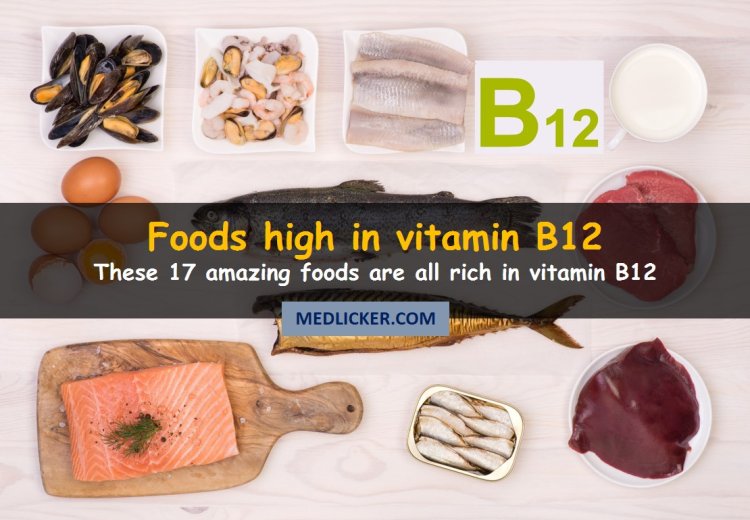
Vitamin B12, crucial for numerous bodily functions, often requires strategic dietary planning and supplementation for optimal health, especially for those following plant-based diets or with absorption issues. Understanding how to incorporate B12-rich foods and supplements safely and effectively is essential for maintaining well-being.A balanced diet rich in B12 sources, whether animal-based or supplemented, is paramount for preventing deficiencies. This involves mindful choices and preparation methods to maximize B12 intake and ensure overall nutritional balance.
Incorporating B12-Rich Foods into a Balanced Diet
A well-rounded diet should prioritize diverse food groups. This includes incorporating animal products like meat, poultry, fish, eggs, and dairy, which are excellent sources of naturally occurring B12. For those following plant-based diets, careful attention to fortified foods and supplements is vital. Regular consumption of fortified cereals, nutritional yeast, and other plant-based alternatives can contribute to B12 intake.
Methods for Preparing B12-Rich Foods
The preparation methods for B12-rich foods can significantly impact their nutritional value. For instance, cooking methods like steaming or baking can retain more nutrients compared to frying. When preparing meat, opting for lean cuts and avoiding overcooking helps preserve the B12 content. Careful attention to the cooking time and temperature is crucial for retaining the nutritional value of B12-rich foods.
Types of B12 Supplements
Various forms of B12 supplements are available, each with unique characteristics. Common types include cyanocobalamin, methylcobalamin, and adenosylcobalamin. These forms differ in their chemical structure and how they are metabolized by the body. The most common form, cyanocobalamin, is often used as a base for other supplements.
Benefits and Potential Side Effects of B12 Supplements
B12 supplements can alleviate deficiency symptoms and support overall health. They can boost energy levels, improve nerve function, and promote healthy red blood cell production. However, potential side effects of B12 supplements are generally mild and include nausea, diarrhea, or allergic reactions in some individuals. It is essential to consult a healthcare professional before starting any new supplement regimen.
Comparison of B12 Supplement Brands
| Brand | Supplement Type | Key Ingredients | Dosage | Additional Notes |
|---|---|---|---|---|
| Brand A | Cyanocobalamin | Cyanocobalamin, vitamin C | 1000 mcg | Often a cost-effective option. |
| Brand B | Methylcobalamin | Methylcobalamin, folic acid | 500 mcg | May be preferred by individuals seeking a more active form of B12. |
| Brand C | Adenosylcobalamin | Adenosylcobalamin, vitamin B6 | 1000 mcg | Potential benefit for neurological health. |
This table provides a basic comparison. Always consult a healthcare professional for personalized advice regarding supplement choices.
Visual Representation of B12 Content in Foods
Understanding the vitamin B12 content of different foods is crucial for maintaining optimal health. This knowledge empowers individuals to make informed dietary choices and ensure they are meeting their daily requirements. A clear visual representation can simplify this process, highlighting the variations in B12 levels across various food groups.Visual representations, such as charts or infographics, provide a quick and easily digestible overview of nutrient content.
This approach facilitates quick comparisons and allows individuals to visually grasp the differences in B12 levels between various food choices. This aids in strategic dietary planning to maintain sufficient B12 intake.
Visual Representation of B12 Content
This section presents a visual representation of B12 content in different foods. A bar chart is used, with each bar representing a food item and its corresponding B12 content. The height of each bar corresponds to the amount of vitamin B12. The chart visually demonstrates the significant variation in B12 levels between food groups. This visual aid allows for a clear comparison of the B12 content in various food options.
Different colors are used to differentiate food groups, such as red for animal products and green for fortified foods, to aid in visual interpretation. The chart includes a clear legend and a title for easy understanding.
B12 Content in Different Food Groups
This table displays a breakdown of various food items categorized by their B12 content. It simplifies the identification of high, medium, and low B12 sources, facilitating informed dietary choices. The data is sourced from reputable nutrition databases, ensuring accuracy and reliability.
| Food Category | High B12 Content | Medium B12 Content | Low B12 Content (or Absent) |
|---|---|---|---|
| Animal Products | Organ meats (liver, kidneys), fish (salmon, tuna), shellfish, red meat (beef, lamb) | Poultry (chicken, turkey), eggs | |
| Fortified Foods | Fortified breakfast cereals, nutritional yeast | ||
| Plant-Based Foods | Most plant-based foods, including fruits, vegetables, grains, legumes, and nuts. |
This table categorizes foods into groups based on their relative B12 content. It clearly distinguishes foods that are rich in B12, those with moderate amounts, and those with negligible or no B12 content. This categorization helps in creating a personalized diet plan tailored to individual needs.
Ultimate Conclusion: Foods High In B12
In conclusion, ensuring adequate B12 intake is vital for a healthy life. By understanding the various sources, including animal products and fortified foods, and considering dietary needs, you can effectively support your body’s needs. Remember, a balanced diet, combined with understanding your individual requirements, is the best approach. If you have concerns about your B12 levels, consult a healthcare professional.

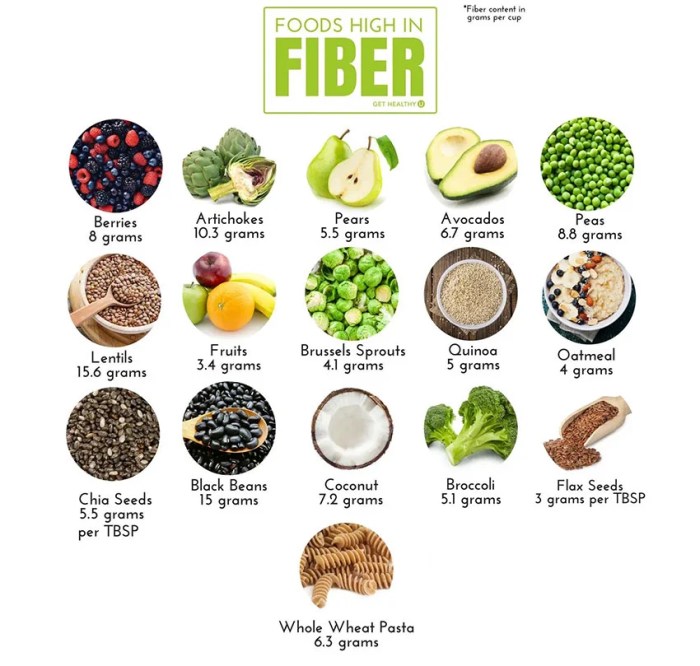
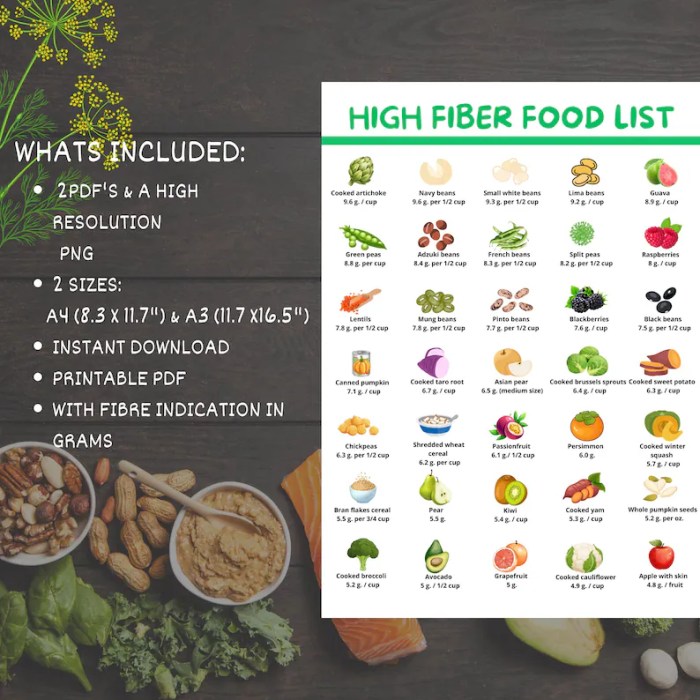
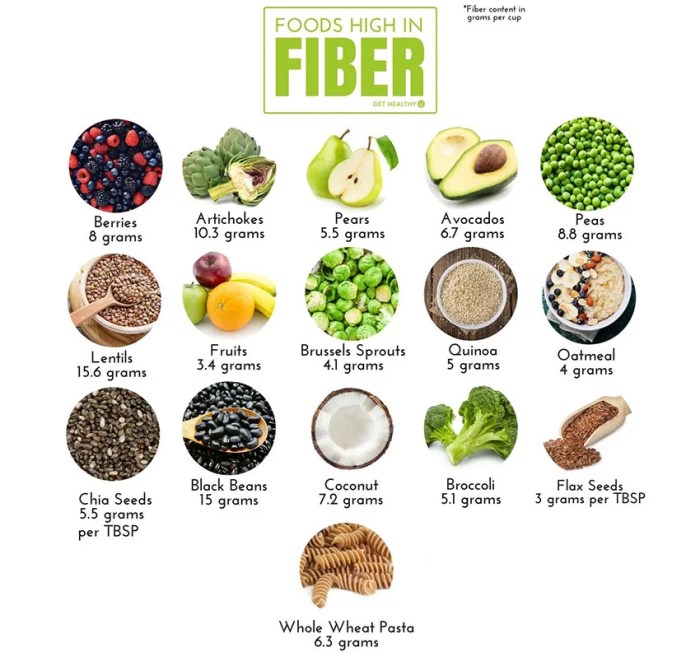



 *Note: This flowchart illustrates the general process. Specific pathways and intermediates may vary depending on the individual amino acid and the body’s current metabolic state.*
*Note: This flowchart illustrates the general process. Specific pathways and intermediates may vary depending on the individual amino acid and the body’s current metabolic state.* *Note: The infographic highlights the cyclical nature of protein usage for both energy and tissue repair, showcasing the dynamic role of protein in the body.*
*Note: The infographic highlights the cyclical nature of protein usage for both energy and tissue repair, showcasing the dynamic role of protein in the body.*  *Note: The diagram showcases the interconnectedness of different metabolic pathways and the various intermediate molecules involved in the conversion process. Understanding these pathways is crucial for comprehending the intricate process of protein metabolism.*
*Note: The diagram showcases the interconnectedness of different metabolic pathways and the various intermediate molecules involved in the conversion process. Understanding these pathways is crucial for comprehending the intricate process of protein metabolism.* *Note: The image highlights that while carbohydrates and fats are primary energy sources, protein plays a crucial role when needed, offering a vital alternative energy pathway.*
*Note: The image highlights that while carbohydrates and fats are primary energy sources, protein plays a crucial role when needed, offering a vital alternative energy pathway.*